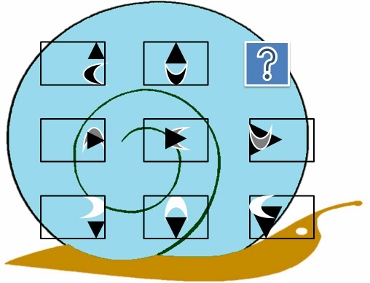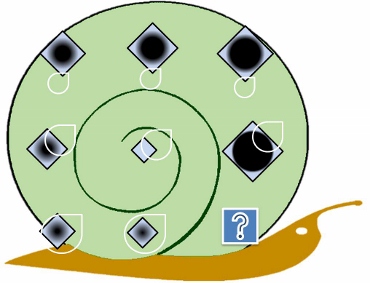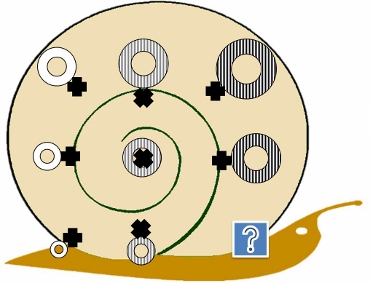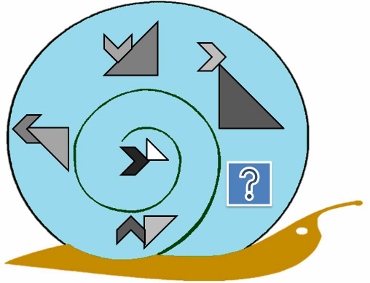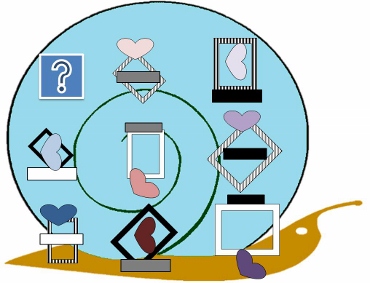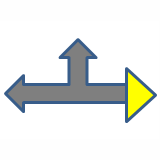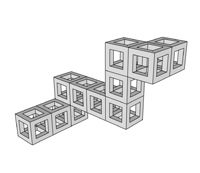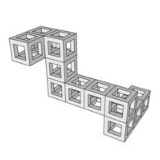 initial-psychotechnic-grading-(ipg)
initial-psychotechnic-grading-(ipg)
Want to manage financial reporting?
On this page, you will find comprehensive information about the CFR (Chief Financial Reporting) profession: what the role involves, what accounting knowledge and analytical skills are required, and how to determine if you are suited for the world of finance and financial reporting. Career guidance is done online here on the website, start now!
"Initial Psychotechnical Rating (IPG) is a score given to candidates for the IDF and police forces after their initial screening tests, which expresses the mental ability of the examinee.

 Summary
Summary
 Skills
Skills
 Tests
Tests
 Personality
Personality
initial-psychotechnic-grading-(ipg)
initial-psychotechnic-grading-(ipg)



initial-psychotechnic-grading-(ipg)
initial-psychotechnic-grading-(ipg)
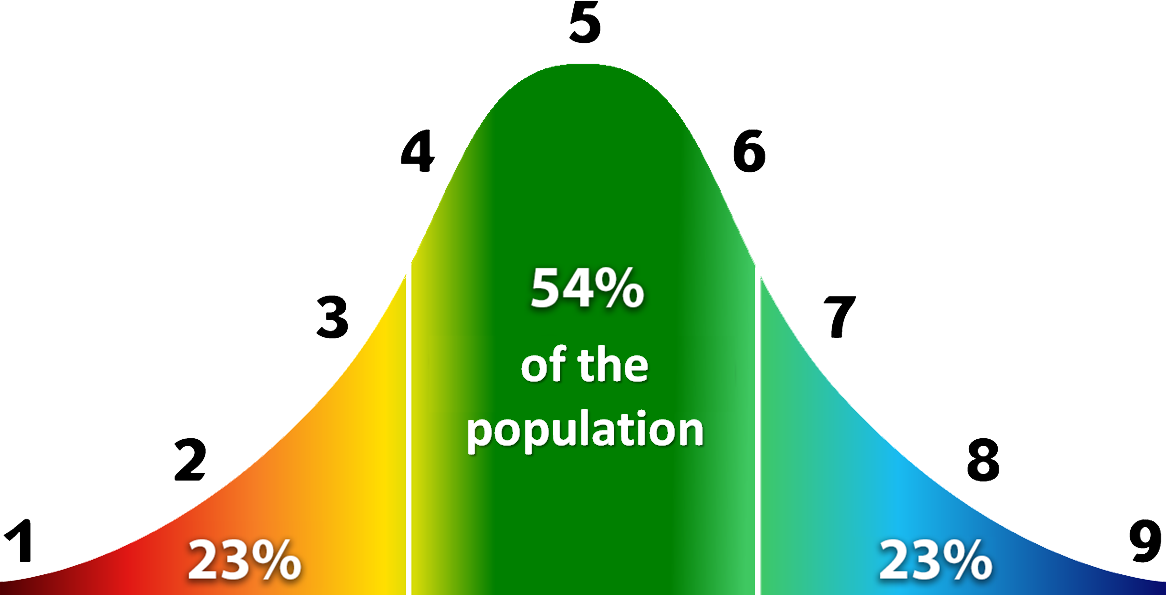
The [9] Scale: Represents the percentile of population that will reach or surpass this grade.
This implies the majority of the population will score 4, 5 or 6 and only a fraction will score 9 or 1.
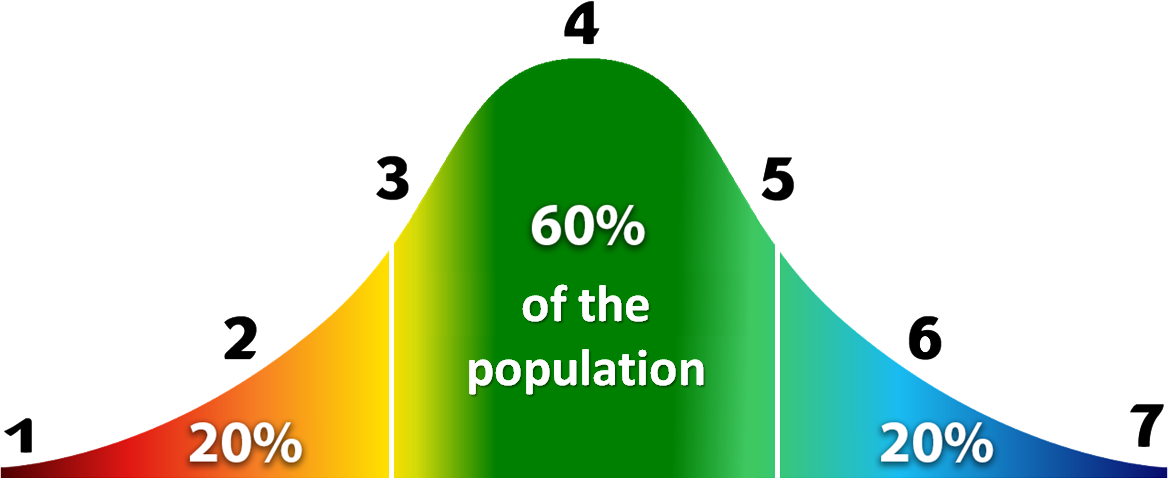
The [7] Scale: Represents the percentile of population that will reach or surpass this grade.
This implies the majority of the population will score 3, 4 or 5 and only a fraction will score 7 or 1.
The Personality Report is based on research conducted by Logipass that observed how a person ranks himself, his views and the way others rate him.
The scores range from "very high" to "very low" and are statistically relative, i.e. "very high" is relatively high in comparison to the population and in other words reflects the fact that the majority of people rank lower in a specific metric.
Tests and Characteristics
Candidates being tested for this position may be required to take the following tests:
Mental Arithmetics 5
Diagrammatic Reasoning 8
Inductive Reasoning 4
Shape Recognition 3
Number Sequences 6
Verbal Analogies 4
Verbal Reasoning 6
Information and additional options:

